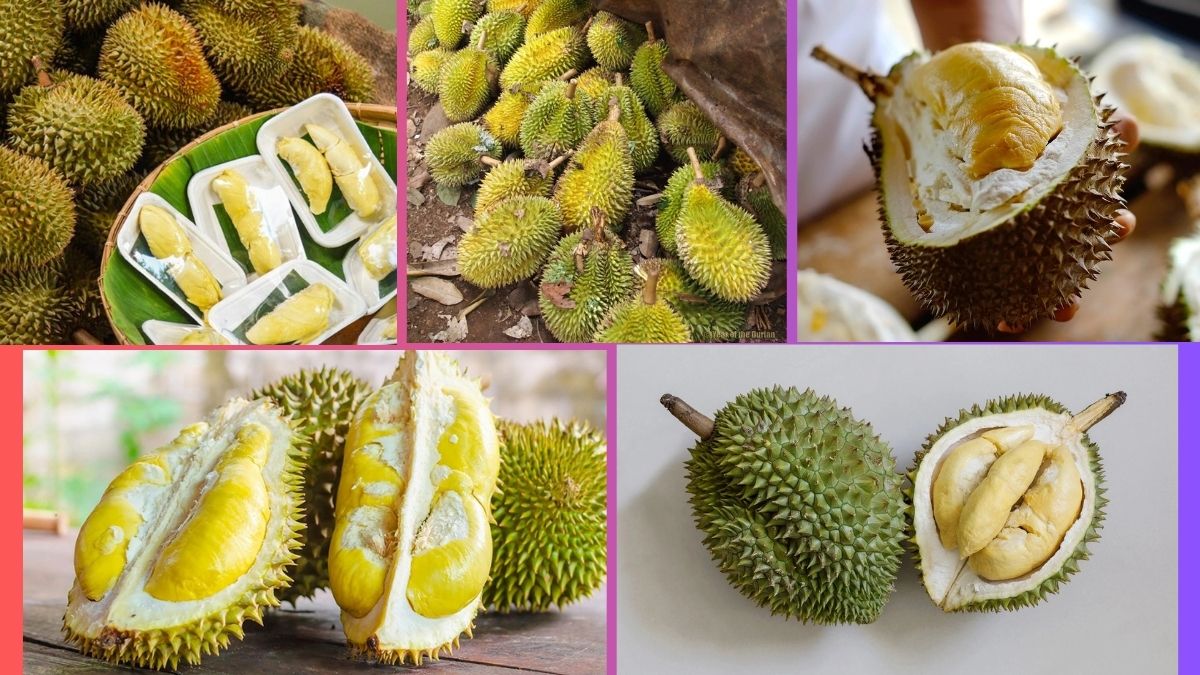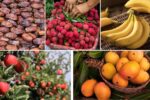Known as the “King of Fruits,” durian is one of the most distinctive and divisive tropical fruits in the world. Its large, spiky exterior, creamy flesh, and famously pungent aroma make it both a delicacy and a curiosity. Some adore its rich, custard-like texture and complex flavor, while others are put off by its overpowering scent.
Durian is a staple fruit in Southeast Asia, where it holds cultural, culinary, and economic importance. But when it comes to mass production, which country claims the title of the largest durian producer globally? In this article, we’ll explore the global durian market, highlight the top-producing country, and delve into the reasons behind its leadership, alongside insights into other major producers.
A Snapshot of the Global Durian Industry
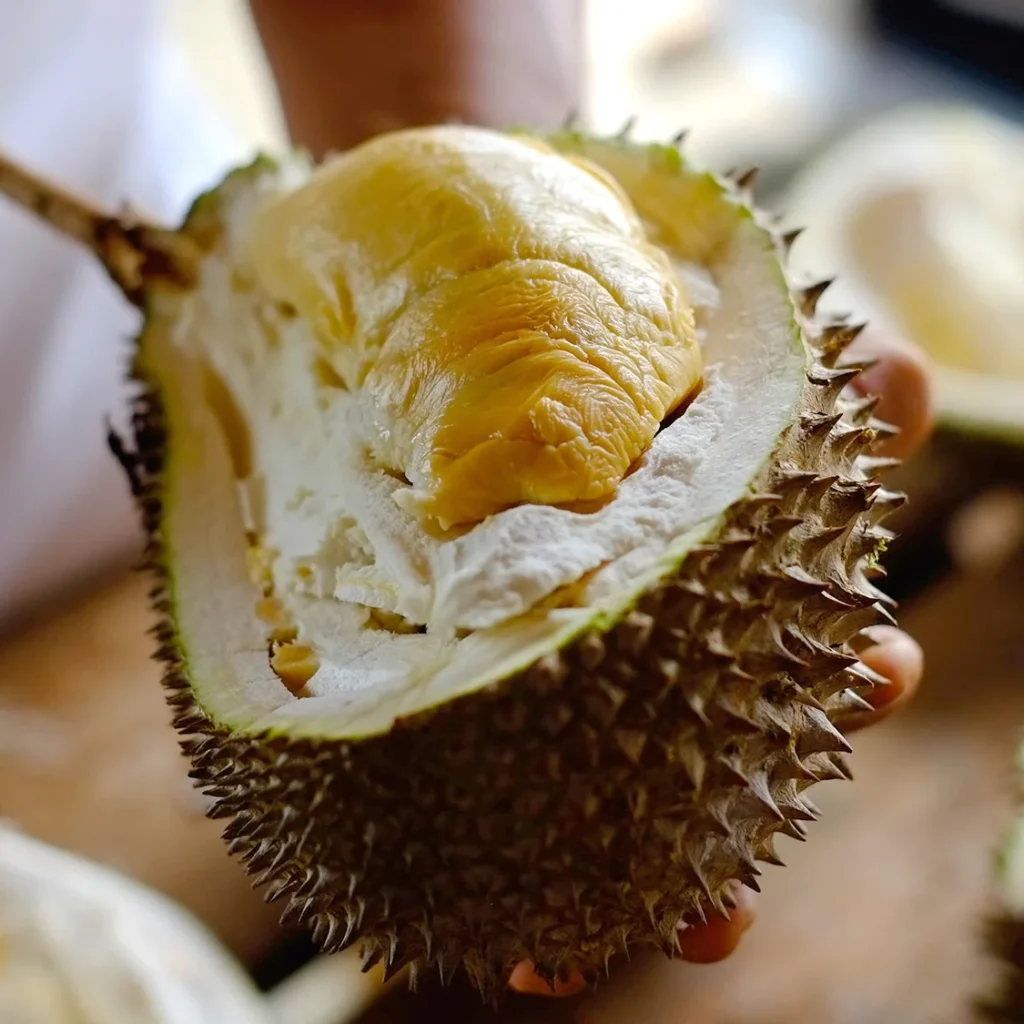
Durian grows best in hot, humid, tropical climates with fertile, well-drained soils and heavy rainfall. The fruit is native to Southeast Asia and remains primarily cultivated in this region. According to the Food and Agriculture Organization (FAO), global durian production exceeds 2.5 million metric tons annually, with much of the output consumed domestically in producing countries and increasingly exported to meet growing international demand, especially in China.
Durian’s economic importance has surged in recent years due to its popularity in China, Taiwan, Hong Kong, and Singapore, where it’s considered a luxury fruit and is often given as a high-value gift.
Which Country Is the Largest Durian Producer Globally?
Thailand holds the crown as the largest durian producer globally, producing an estimated 1.5–1.8 million metric tons of durians every year. The country accounts for more than 60% of the world’s total durian output, making it the undisputed leader in both production and export.
Thailand’s favorable climate, specialized farming practices, and strong export network — especially to China — have helped the nation dominate the durian industry.
Why Is Thailand the Top Durian Producer?

1. Ideal Climate and Geography
Thailand’s tropical monsoon climate offers warm temperatures, heavy seasonal rainfall, and fertile, acidic soils — perfect conditions for growing high-quality durians.
Provinces like Chanthaburi, Rayong, Trat, and Chumphon are famous for their extensive durian orchards. These regions benefit from natural factors like hilly terrain, abundant water sources, and consistent sunshine that allow for productive and disease-resistant durian cultivation.
2. Diverse, Popular Durian Varieties
Thailand grows some of the world’s most sought-after durian varieties, including:
- Monthong: Known for its large size, thick flesh, mild aroma, and sweet, creamy flavor. It’s the most popular export variety.
- Chanee: More aromatic and slightly bitter, favored by traditional durian lovers.
- Kradumthong: A smaller variety with pale, sweet flesh and a light scent.
The country’s ability to produce multiple varieties to cater to both domestic preferences and international markets gives it a unique advantage.
3. Strong Export Demand, Especially from China
China’s appetite for durians has exploded in recent years, making it Thailand’s largest export market. In fact, over 90% of Thailand’s durian exports go to China.
Fresh Thai durians are considered a luxury item in China, where they’re sold in supermarkets, specialty stores, and high-end gift packages. The Chinese market’s willingness to pay premium prices for high-quality Monthong durians has turned the fruit into one of Thailand’s top agricultural exports.
4. Government Support and Investment
The Thai government actively supports the durian industry through export agreements, farmer training programs, and investment in post-harvest handling and cold-chain logistics.
The development of durian processing facilities for frozen, dried, and packaged products has expanded Thailand’s ability to supply durians year-round, further strengthening its market dominance.
Top 5 Durian-Producing Countries (2022)
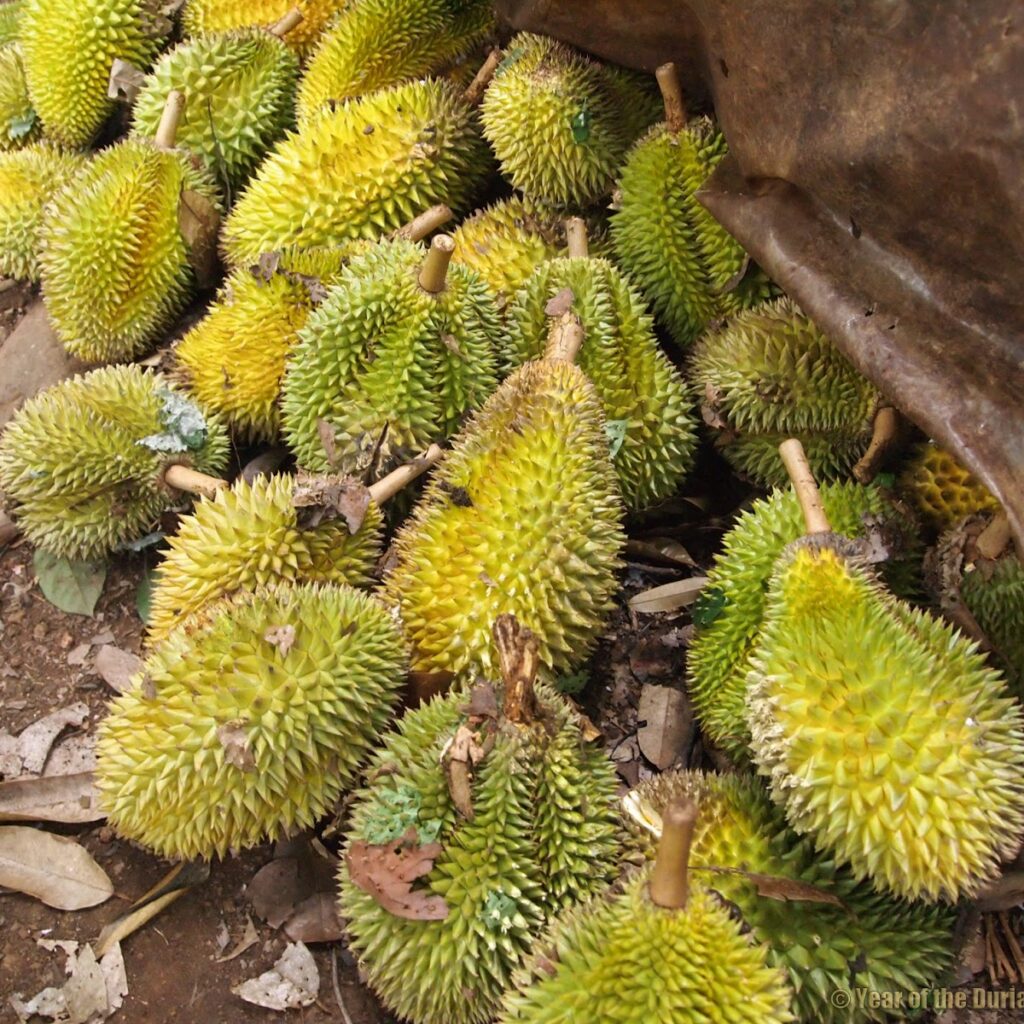
| Rank | Country | Production (Million Metric Tons) |
|---|---|---|
| 1 | Thailand | 1.8 |
| 2 | Indonesia | 0.9 |
| 3 | Malaysia | 0.4 |
| 4 | Philippines | 0.25 |
| 5 | Vietnam | 0.18 |
Thailand’s lead is clear, producing double the volume of its closest competitor, Indonesia.
Other Major Durian-Producing Countries
While Thailand leads global durian production, other Southeast Asian nations are vital players in the industry:
Indonesia
Indonesia is the second-largest durian producer globally, yielding approximately 900,000 metric tons annually. Durian is an integral part of Indonesian cuisine and culture, consumed fresh, in desserts, or cooked into traditional dishes.
The country boasts numerous local durian varieties, with regions like West Java, Sumatra, and Kalimantan leading production. Most of Indonesia’s durians are consumed domestically, though exports to Malaysia and Singapore have increased.
Malaysia
Malaysia produces around 400,000 metric tons of durians per year and is famous for premium varieties like Musang King (D197), widely considered one of the best durians globally for its rich, bittersweet taste and buttery texture.
Although Malaysia’s production is smaller than Thailand’s, its focus on premium export-quality durians has carved out a lucrative niche market, especially in China, Hong Kong, and Singapore.
Philippines
The Philippines cultivates approximately 250,000 metric tons of durians annually, with the bulk produced in Davao City, known as the “Durian Capital of the Philippines.” The fruit is a staple in local markets and festivals and is increasingly exported to regional markets in Asia.
Vietnam
Vietnam produces around 180,000 metric tons of durians each year, with growing demand from China fueling investment in new plantations. The provinces of Tien Giang and Dak Lak are the country’s main durian-growing regions.
Vietnam’s recent trade agreement with China for fresh durian exports is expected to significantly boost its position in the coming years.
Key Uses of Durian in Global Markets
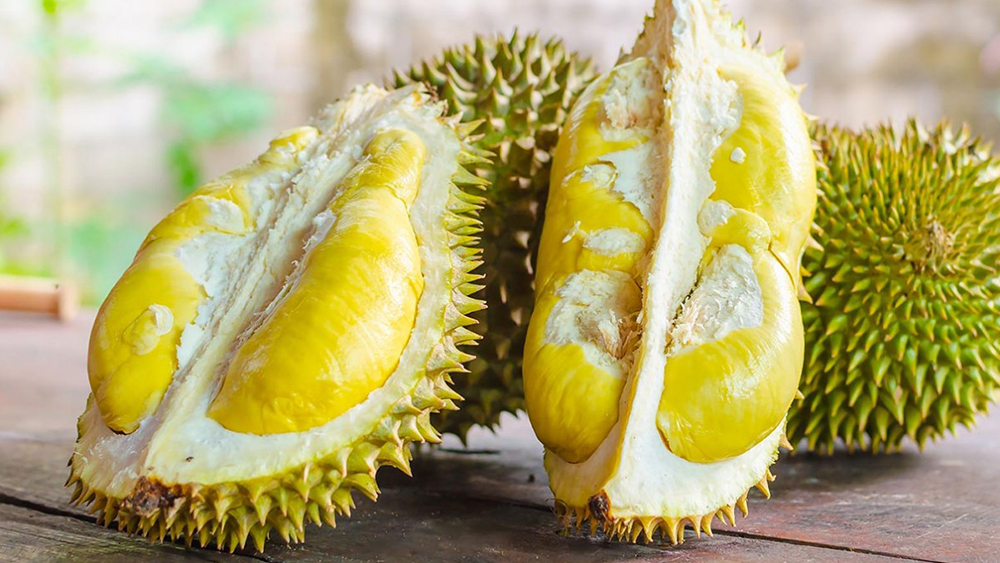
Durian’s culinary applications are diverse, ranging from fresh consumption to processed products:
- Fresh Durian: Eaten raw or chilled, prized for its creamy texture.
- Frozen Durian: Popular for export and off-season supply.
- Durian Paste and Jam: Used in traditional pastries, buns, and desserts.
- Durian Ice Cream and Candy: Popular treats in Southeast Asia.
- Durian Chips: Deep-fried or vacuum-fried for a crunchy snack.
- Durian Coffee and Smoothies: Increasingly popular in modern cafes.
Fun Durian Facts
- Durian trees can grow up to 50 meters tall and produce fruit after 4–5 years.
- One durian can weigh 1–3 kilograms, with some giant varieties exceeding 7 kilograms.
- Thailand produces over 200,000 tons of durians for export alone every year.
- Musang King durians from Malaysia can sell for over $50 per kilogram in luxury markets.
- Many hotels and public transport systems in Southeast Asia ban durians due to their strong smell.
Challenges in Durian Production
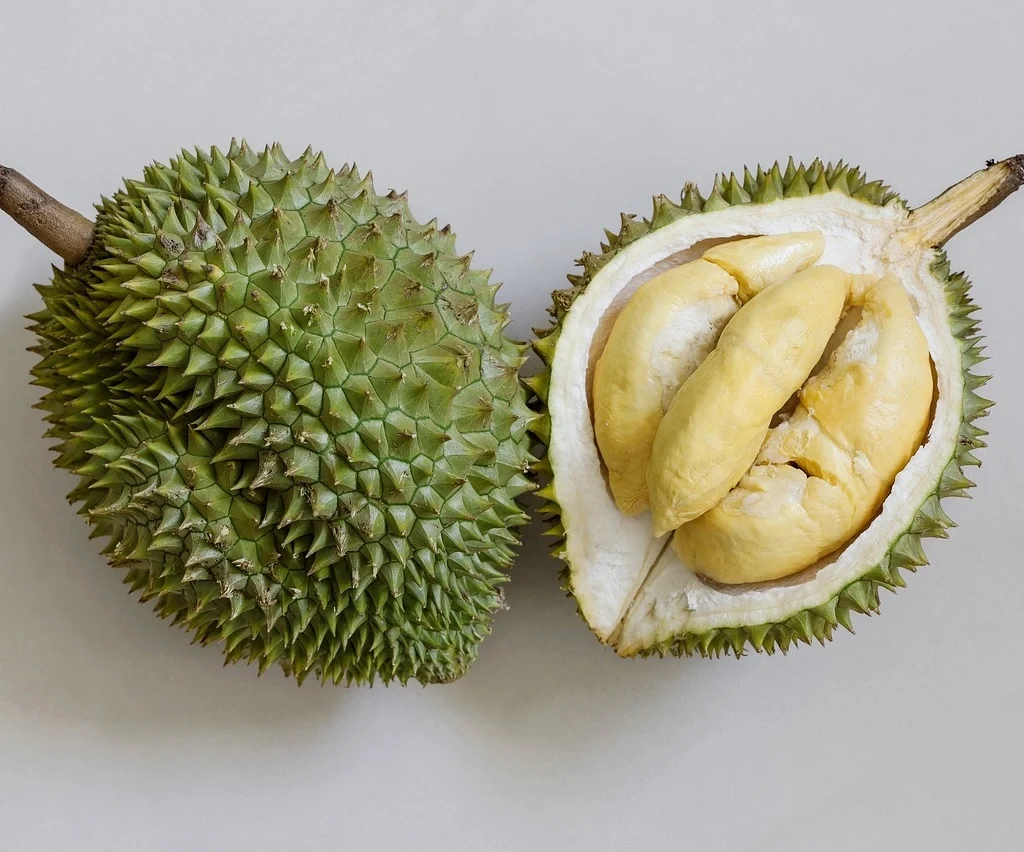
Despite its growing popularity, the durian industry faces several challenges:
- Pests and Diseases: Fruit borers and fungal diseases like Phytophthora affect yields.
- Climate Change: Unpredictable weather patterns threaten harvest reliability.
- Labor Shortages: Durian farming is labor-intensive, and skilled pickers are in short supply.
- High Production Costs: Fertilizers, maintenance, and land management add to costs, especially for premium varieties.
Nations like Thailand are addressing these issues through research programs, modern farming techniques, and durian breeding projects for disease-resistant, high-yield varieties.
Conclusion
When it comes to durian production, Thailand is undeniably the largest producer globally, thanks to its ideal tropical climate, superior durian varieties, extensive orchards, and strategic focus on exports, particularly to China.
While countries like Indonesia, Malaysia, the Philippines, and Vietnam also contribute significantly to the global durian market, Thailand remains the epicenter of durian cultivation and trade. As international demand — especially from China — continues to surge, durians are set to become an even more valuable tropical commodity, with Thailand leading the way.
